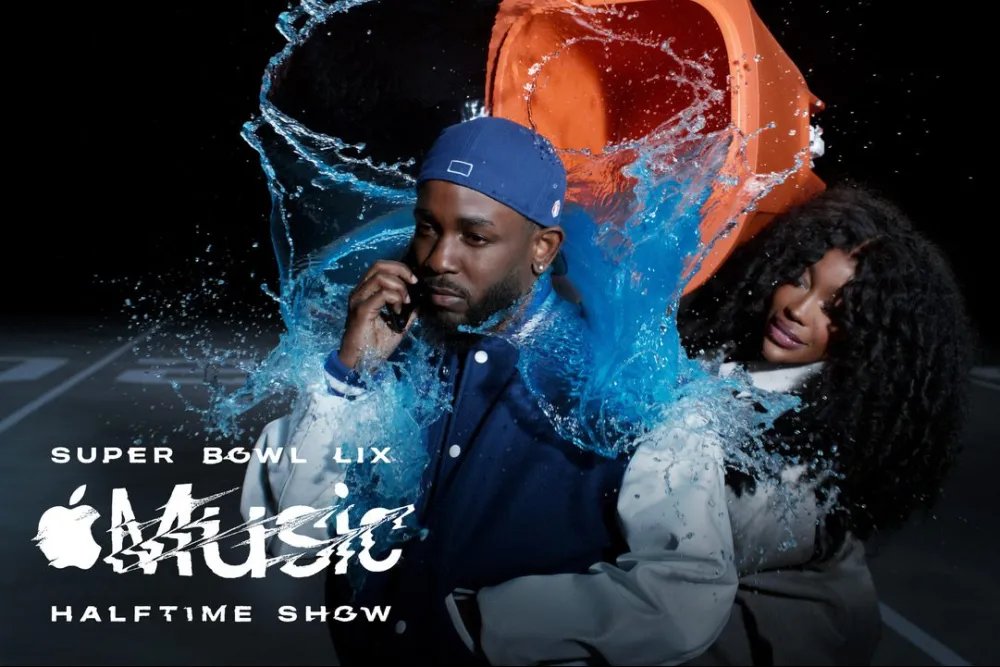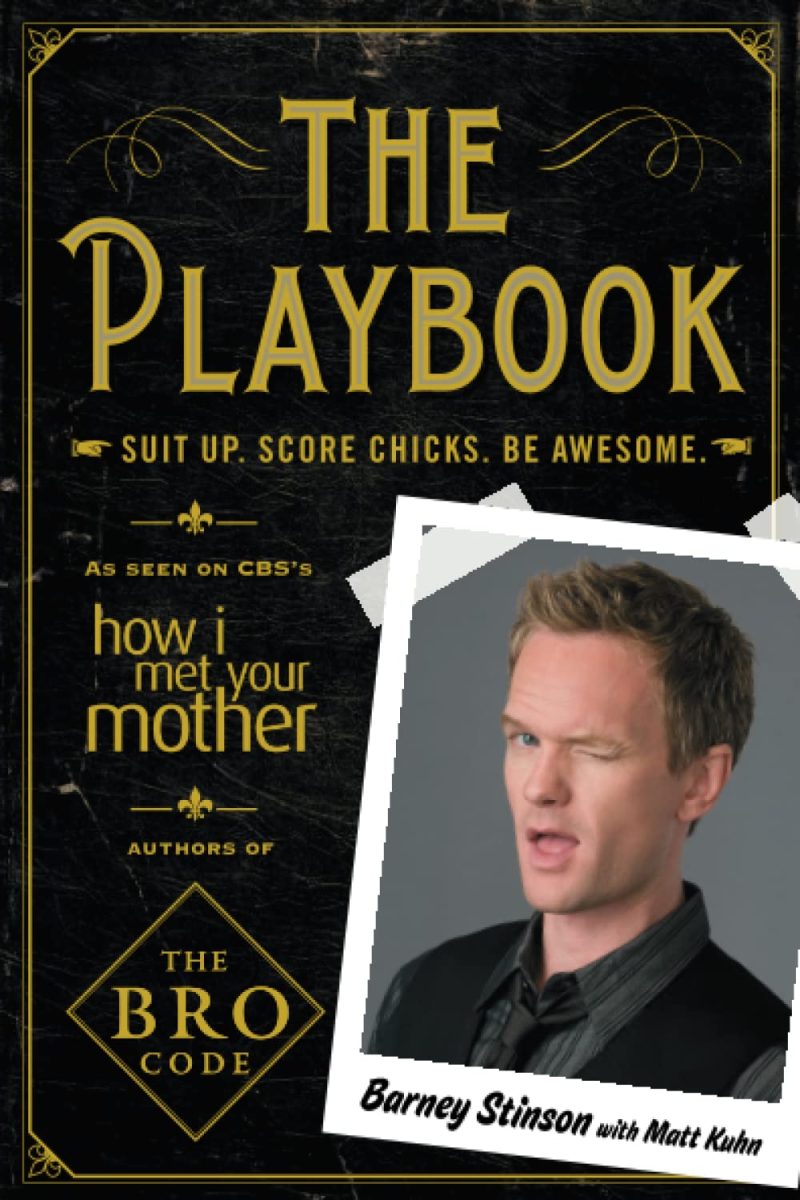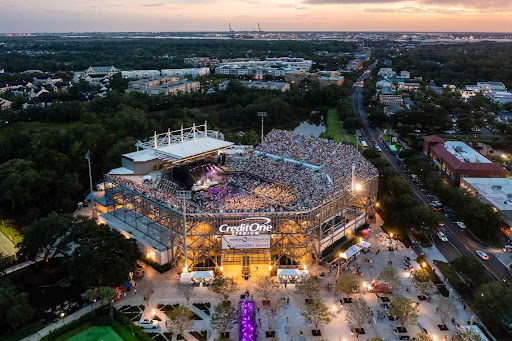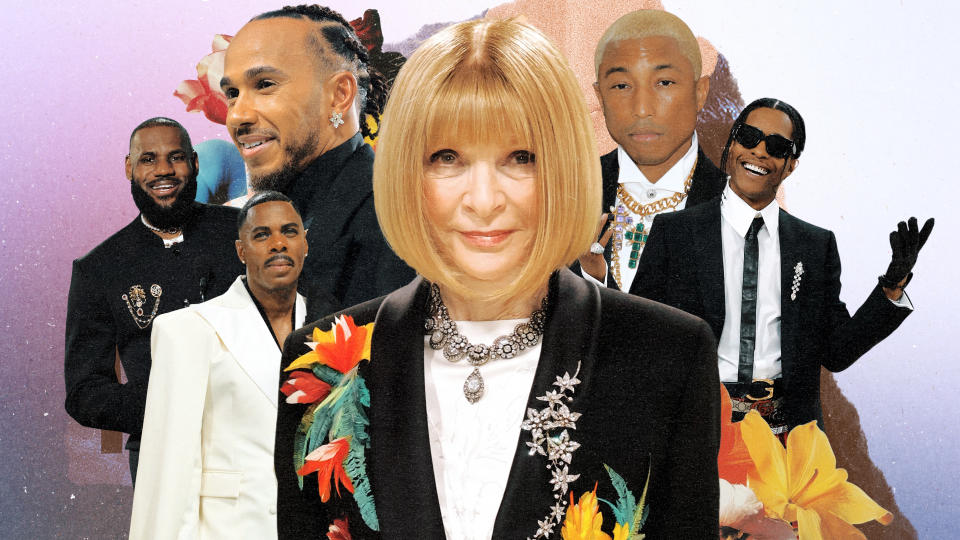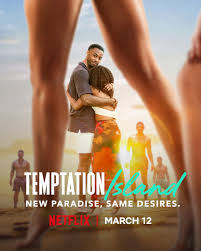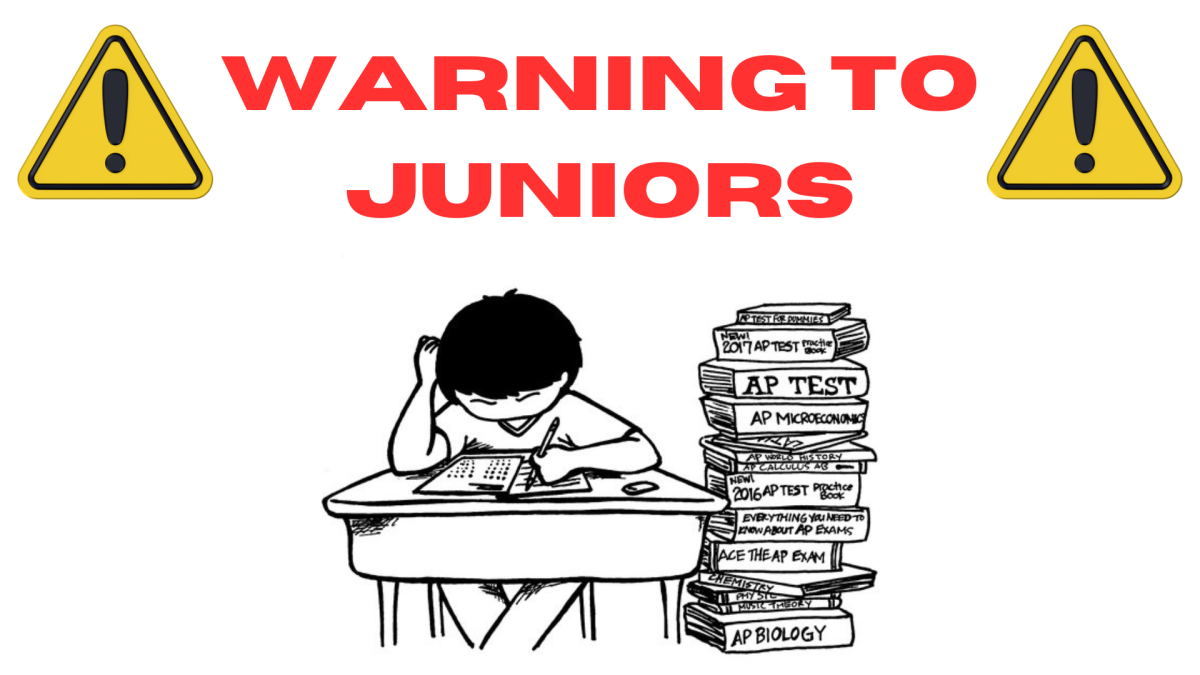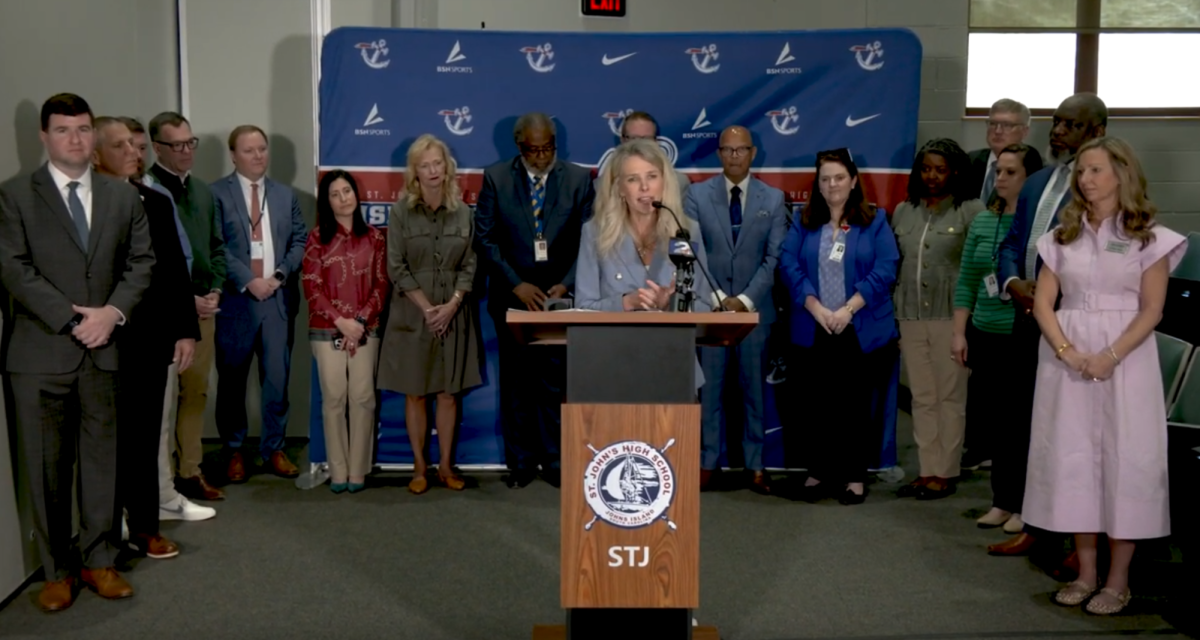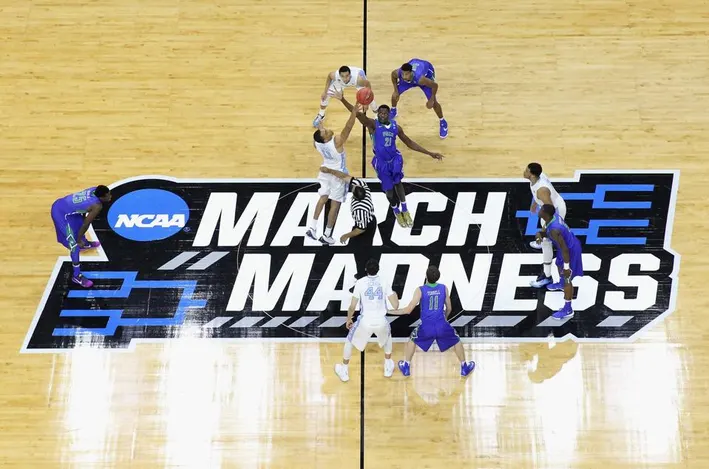Whether you watched the superbowl or have been online recently, I am sure you have seen lots of opinions and thoughts on Kendrick Lamar’s halftime performance. Many people are claiming that if you did not like it, you probably did not understand it, meaning that there were many symbols and references behind the actual show. While many people know about Kendrick Lamar and Drake’s supposed “beef” some people lack the knowledge of both the depth of their feud and context of their lyrical disses.
With that being said, let us start with some background information….
Beginning around 2013, in Big Sean’s song Control, where Kendrick was featured, he broadly calls out several rappers, including Drake, which is why many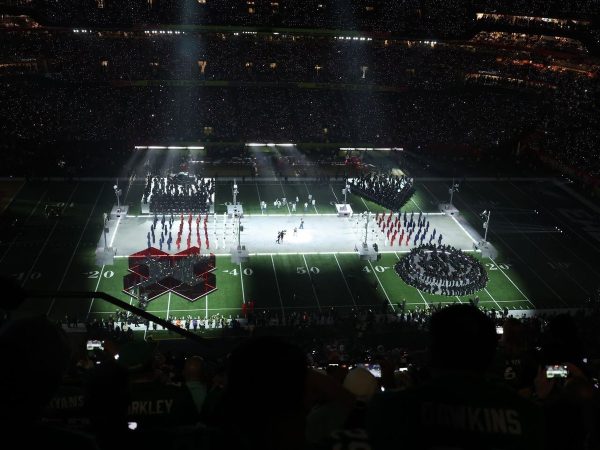 people date the beef all the way back to 2013. Then in 2023 the “big three” was established in J. Cole and Drake’s song First Person Shooter, referencing himself, Kendrick, and Drake. Later Kendrick separates himself from “the big three” in the song Like That by saying “it’s just big me.” He also emphasizes the fact that he will not be “sneak dissin’” and proceeds to directly reference “first person shooter.” From here, the beef continued and both of the rappers released many diss songs about the other including, Push Ups, Taylor Made Freestyle, Family Matters, The Heart Part 6, by Drake and Euphoria, 6:16 in LA, Meet the Grahams, and of course Not Like Us by Kendrick Lamar.
people date the beef all the way back to 2013. Then in 2023 the “big three” was established in J. Cole and Drake’s song First Person Shooter, referencing himself, Kendrick, and Drake. Later Kendrick separates himself from “the big three” in the song Like That by saying “it’s just big me.” He also emphasizes the fact that he will not be “sneak dissin’” and proceeds to directly reference “first person shooter.” From here, the beef continued and both of the rappers released many diss songs about the other including, Push Ups, Taylor Made Freestyle, Family Matters, The Heart Part 6, by Drake and Euphoria, 6:16 in LA, Meet the Grahams, and of course Not Like Us by Kendrick Lamar.
Now let us get back to the Halftime Performance!
 As you may have noticed, two interesting and possibly strategic guests were SZA and Serena Williams. Although SZA was a guest artist and sang with him for Luther and All the Stars, many people were confused why Serena Williams was there dancing. If you were not previously aware, both Serena and SZA dated Drake in the past. Serena and Drake are not on good terms now and Drake even had called out her husband on the song Middle of the Ocean to which Kendrick stood up and defended her in Not Like Us, rapping “better not speak on Serena.” SZA, on the other hand, dated Drake when both of them were relatively young… Her being 18 and he was around 23 years old at the time. In my opinion I do not think it was as revolutionary as having Serena out on stage, as SZA and Kendrick have collaborated a number of times. In addition to these guest appearances, it was evident throughout the show that Kendrick kept teasing playing his most famous song at the moment, Not Like Us. If you were paying attention, he even said “I want to play their favorite song but you know they love to sue” as a reference to the lawsuit Drake has against Kendricks music distributor.
As you may have noticed, two interesting and possibly strategic guests were SZA and Serena Williams. Although SZA was a guest artist and sang with him for Luther and All the Stars, many people were confused why Serena Williams was there dancing. If you were not previously aware, both Serena and SZA dated Drake in the past. Serena and Drake are not on good terms now and Drake even had called out her husband on the song Middle of the Ocean to which Kendrick stood up and defended her in Not Like Us, rapping “better not speak on Serena.” SZA, on the other hand, dated Drake when both of them were relatively young… Her being 18 and he was around 23 years old at the time. In my opinion I do not think it was as revolutionary as having Serena out on stage, as SZA and Kendrick have collaborated a number of times. In addition to these guest appearances, it was evident throughout the show that Kendrick kept teasing playing his most famous song at the moment, Not Like Us. If you were paying attention, he even said “I want to play their favorite song but you know they love to sue” as a reference to the lawsuit Drake has against Kendricks music distributor. 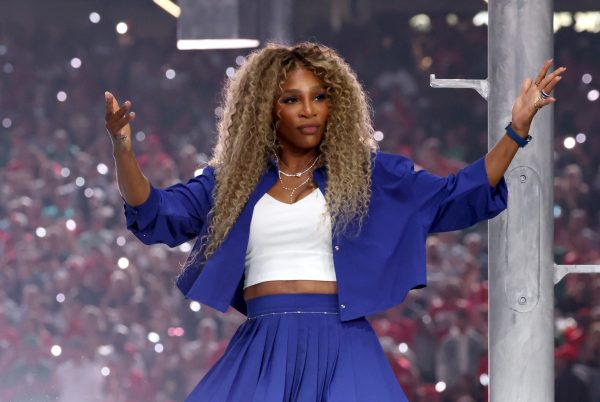
What about the significance of Kendricks symbolism?
In the very beginning of the performance, before Kendrick even had started singing, the screen pans to Samuel L. Jackson and says, “It’s your uncle, Sam, and this is the great American game.” Many claim this was to offer a differently characterized version of the original uncle sam many are familiar with. This is also connected to the imagery the background dancers portray through the visual of an american flag. The flag was separated with kendrick standing in the middle of both of the sides which was said to represent the cultural divide within the United States of America. You may have also noticed that Uncle Sam stopped Kendrick’s performance during part of it, accusing him of being “too 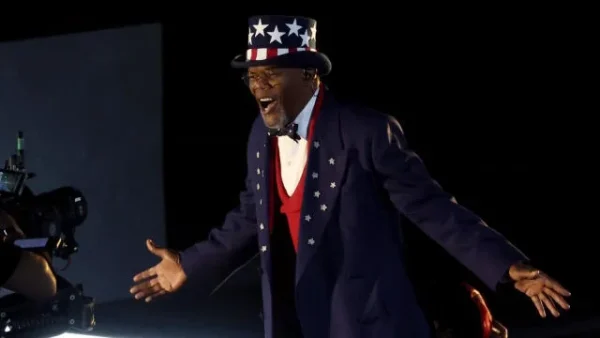 reckless, too ghetto” which are common stereotypes associated with both hip-hop/rap music and african american culture. Another aspect of his performance was when he contradicts Gil Scott Heron’s poem from 1971 “The Revolution Will Not Be Televised.” Around one minute into the show he says “the revolution is about to be televised, you picked the right time but the wrong guy.” The original poem tackles and highlights themes of media, consumerism, political/social awakening, and the rejection of mainstream culture. Gil Scott Heron emphasizes that change is only possible with real engagement of communities and not from just watching the news from a screen. At the end of Not Like Us Kendrick also ties back to the significance of action by repeating his lyric “turn the tv off.”
reckless, too ghetto” which are common stereotypes associated with both hip-hop/rap music and african american culture. Another aspect of his performance was when he contradicts Gil Scott Heron’s poem from 1971 “The Revolution Will Not Be Televised.” Around one minute into the show he says “the revolution is about to be televised, you picked the right time but the wrong guy.” The original poem tackles and highlights themes of media, consumerism, political/social awakening, and the rejection of mainstream culture. Gil Scott Heron emphasizes that change is only possible with real engagement of communities and not from just watching the news from a screen. At the end of Not Like Us Kendrick also ties back to the significance of action by repeating his lyric “turn the tv off.”
Was Kendricks Halftime show performance controversial?
After the show, some people complained about the cultural divide he alluded to through his performance. On the other hand, many people also found that the symbols and meaning behind his work was subtle enough to hide and should not upset people. Many people also just found the performance boring and did not like it for these reasons. The NFL also recently acknowledged this by explaining they made the wrong choice in choosing Kendrick Lamar over Lil Wayne. Although he did receive a letter of apology last year for not being chosen, after the halftime show and backlash it received, the NFL came out saying they made a “mistake” when selecting the artist. I think that it is definitely evident that the people who understood his message and symbols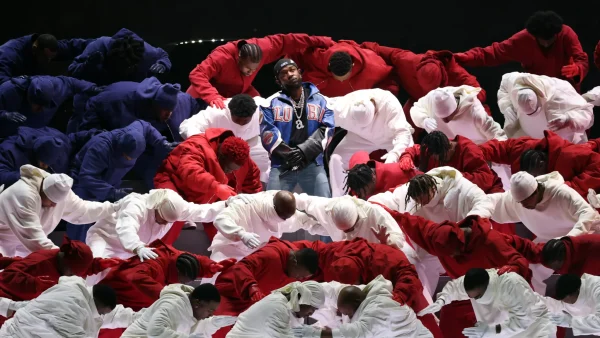 appreciated the show a lot more than others who lacked background knowledge on his career and goals. This was even applicable to myself as I found the first time around I was slightly confused on the niche references he was making but after looking more into Kendricks’ background I was able to better understand and really enjoy the whole performance.
appreciated the show a lot more than others who lacked background knowledge on his career and goals. This was even applicable to myself as I found the first time around I was slightly confused on the niche references he was making but after looking more into Kendricks’ background I was able to better understand and really enjoy the whole performance.
With all this being said I hope more people are able to appreciate Kendrick’s message and his performance as a whole as we look forward to an even better show next year. Kendrick’s performance was more than just a show, it was a statement and I think he will push other artists to also speak out on important topics they feel strongly towards.I hope you either appreciated the performance as it was or gained a deeper understanding of its meaning through this article. Peace out!



